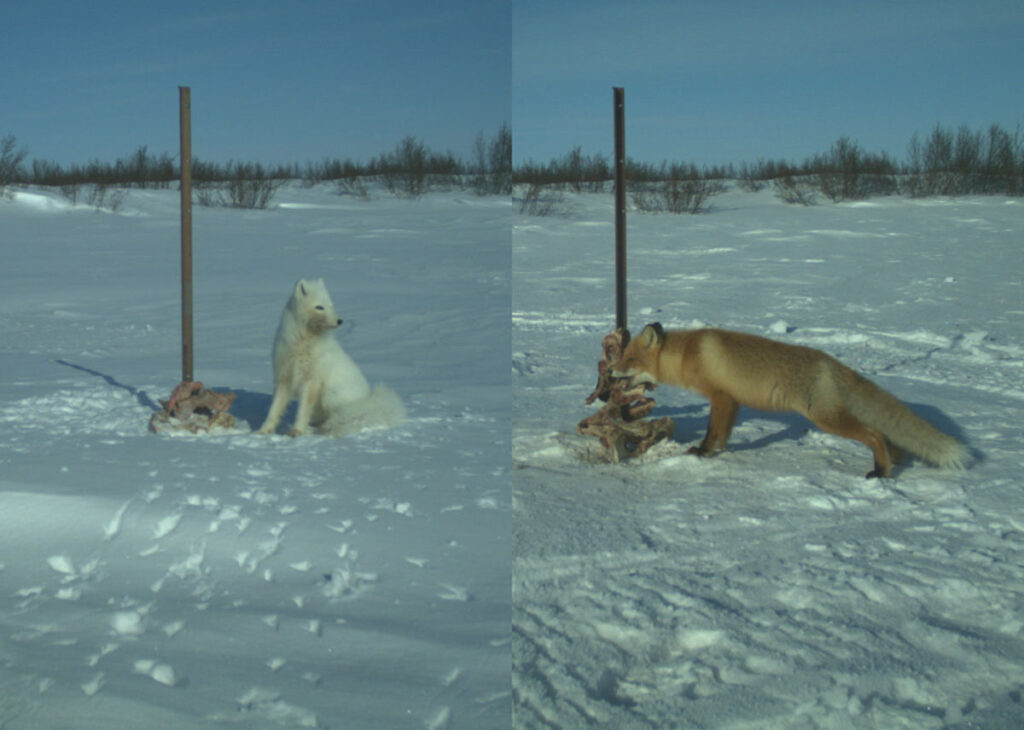Source: Earth’s Future
The Arctic is undergoing rapid changes that affect its natural environment, its people, and its role in global-scale natural processes. The interplay of climate change, industrialization, and other stressors makes the Arctic an intriguing subject for convergence science—an approach characterized by communication and integration across disciplines to address specifically defined problems.
The aim of convergence science is to generate new paradigms and ways of viewing problems that reach beyond any single discipline. Despite the rising popularity of this concept over the past decade, few publications have addressed the practical specifics of how to put it into practice—and none have focused on the Arctic.
Now, a new paper by Ivanov et al. aims to do just that. In 2020, a team of Earth system scientists, ecologists, anthropologists, and engineers, representing a range of countries and cultural identities, organized a series of workshops to explore how to apply convergence science to the changing Arctic. In particular, they focused on how climate change and industrialization are driving change in the Yamal Peninsula.
Located in northwest Siberia, the Yamal Peninsula of Russia extends more than 700 kilometers north into the Arctic Ocean. It is home to Indigenous Nenets residents living in small villages or leading nomadic lifestyles as fishers and reindeer herders. It also holds vast natural gas reserves, leading to the development of industrial infrastructure and new towns over the past 50 years.

Workshop participants started out in their disciplinary comfort zones and then gradually integrated disciplines by identifying links between different natural, social, and industrial elements of the Yamal Peninsula.
This approach enabled the participants to develop a shared language of communication, ultimately leading to the formulation of several top-level science questions, such as “How do warmer winters and seasonal shifts transform human and reindeer lives in the tundra?” Additional questions emerged from each top-level question, such as “How does human activity modify top-down control of trophic interactions in tundra food webs?”
In addition to sparking new research questions, this paper could serve as a blueprint for how to apply convergence science to studying Arctic change. (Earth’s Future, https://doi.org/10.1029/2023EF004157, 2024)
—Sarah Stanley, Science Writer

